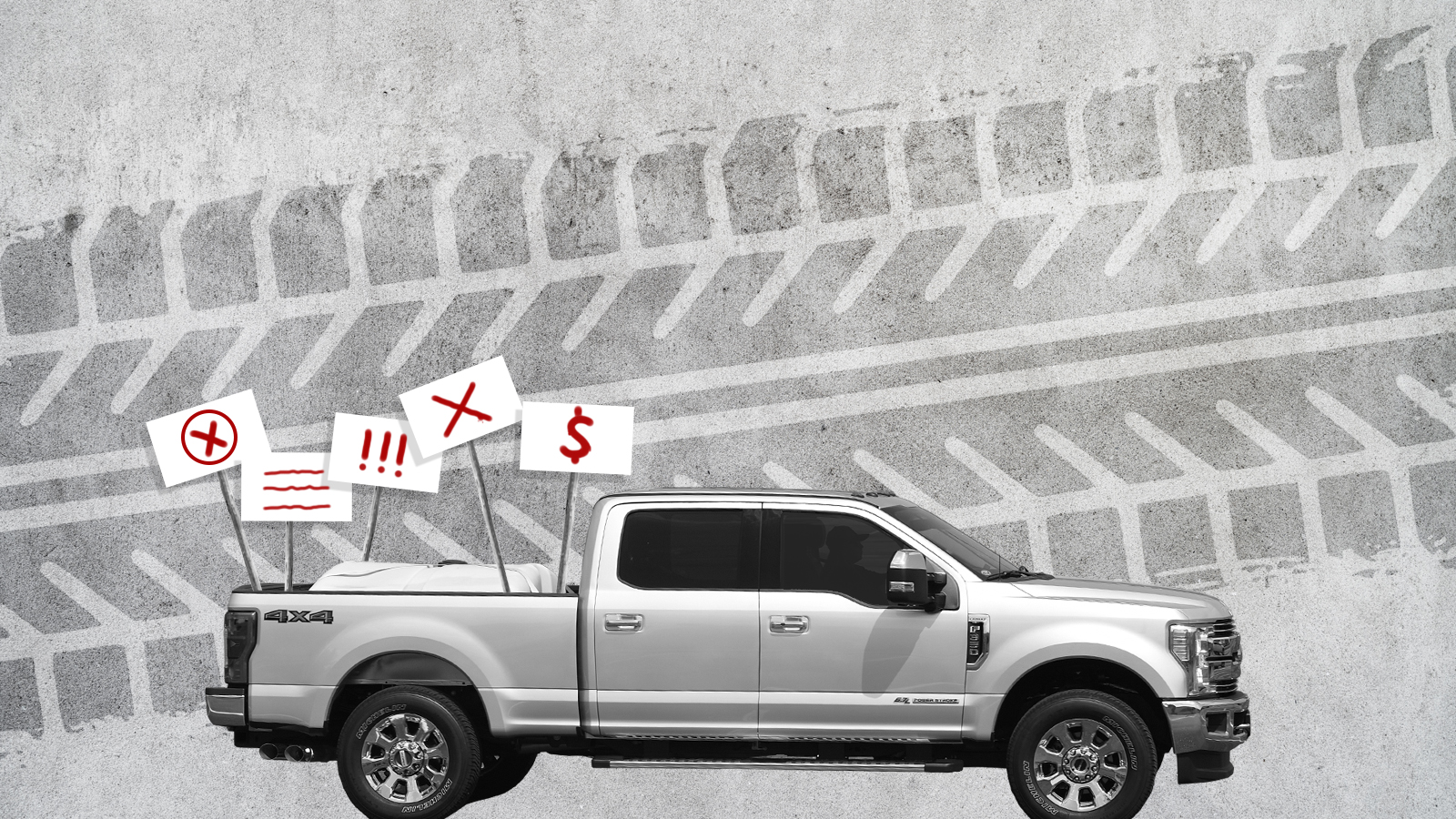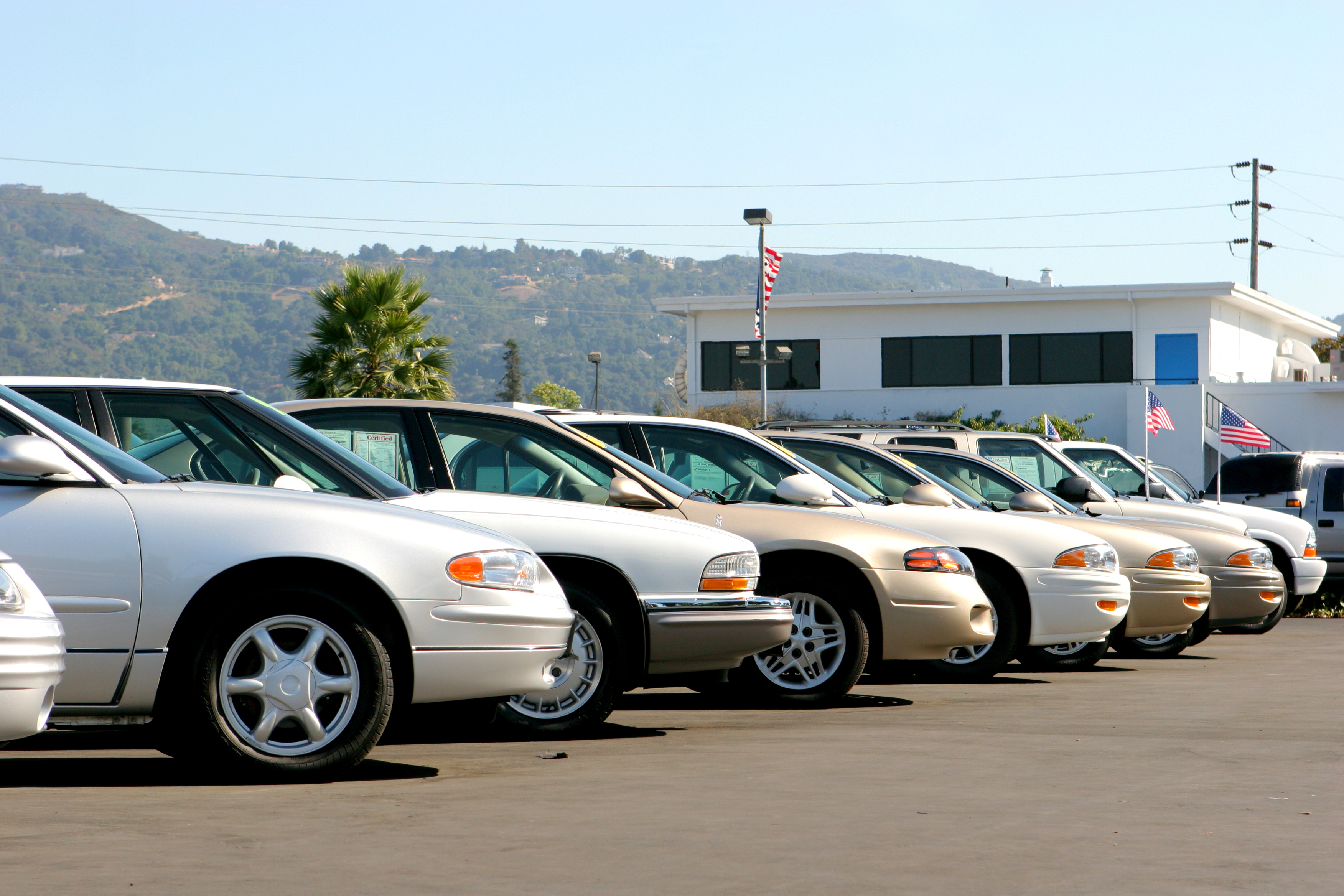The rise and regulation of killer police robots
'When you have a hammer, everything looks more like a nail'


Larger police departments in the United States have the capacity to arm remote-controlled robots with lethal weaponry and send those robots in to kill suspects. But should they be able to use that option?
Six years after the Dallas Police Department used a bomb disposal robot to slay a sniper, San Francisco is finally having that discussion. And the liberal city's answer appears to be yes. Here's what you need to know about police and killer robots:
What happened in Dallas?
In July 2016, a 25-year-old sniper fired on police officers at a protest march in Dallas, killing five officers and wounding seven more, plus two civilians. The gunman, bunkered down in a parking garage, entered negotiations with police but continued firing on them, and when negotiations failed, the police strapped an explosive device to the manipulator arm of a Remotec F5A robot, sent it into the garage, and killed the suspect.
The Week
Escape your echo chamber. Get the facts behind the news, plus analysis from multiple perspectives.

Sign up for The Week's Free Newsletters
From our morning news briefing to a weekly Good News Newsletter, get the best of The Week delivered directly to your inbox.
From our morning news briefing to a weekly Good News Newsletter, get the best of The Week delivered directly to your inbox.
"As far as I know, it appears to be the first intentional use of a lethally armed robot by the police in the United States," Elizabeth Joh, a law professor at the University of California at Davis, told The Guardian at the time. The military has used improvised lethal robots, and "there may be some story that comes along" about police doing the same, "but I'd think I'd have heard of it," agreed war technology expert Peter Singer.
The Dallas Police Department may have been justified in their decision to use a robot to kill the sniper, but "lethally armed police robots raise all sorts of new legal, ethical, and technical questions we haven't decided upon in any systematic way," Joh said in 2016. "In other words, I don't think we have a framework for deciding objectively reasonable robotic force. And we need to develop regulations and policies now because this surely won't be the last instance we see police robots."
Did anyone come up with a framework for police using killer robots?
Well, the ACLU came up with some recommended guidelines, but so far no other U.S. police force has followed the Dallas Police Department's lead, so the U.S. just sort of moved on. At the same time, "the success of Dallas' IED, and the lack of any legal blowback following its deployment, was a signal to police chiefs and SWAT commanders across the country" that tactically, using robots with lethal force was a viable tool for law enforcement, NBC News reported in December 2016.
Some robotics companies came up with armed robots to market to police forces, but local law enforcement took a pass.
A free daily email with the biggest news stories of the day – and the best features from TheWeek.com
What's happening in San Francisco?
California passed Assembly Bill 481 in 2021, requiring police and sheriff departments in the state to get approval from their governing bodies for buying or, crucially, using military-grade weapons like armored vehicles, water cannons, and yes, remote-controlled robots.
The Oakland Police Department in October 2022 proposed arming some of its robots with potentially lethal equipment, like a PAN disruptor that usually fires pressurized water to disable a bomb but can also fire live shotgun shells. Amid public backlash, the Oakland PD pulled the proposal before its civilian oversight council could give or withhold approval.
San Francisco's Police Department, when pressed, went ahead and asked the city Board of Supervisors to sign off on allowing it to use ground-based robots with potentially lethal force on suspects in emergency circumstances. The supervisors gave preliminary approval to the idea in a contentious 8-3 vote on Nov. 29, after stipulating that only a handful of top police officials could approve lethal force under extraordinary circumstances. If they give final approval on Dec. 6, Mayor London Breed (D) can sign off on the proposal and the San Francisco PD can use killer robots.
"AB 481 was designed to create a transparent, public process so the public can understand what military equipment local law enforcement agencies are using," San Francisco City Attorney David Chiu, who wrote the bill when he was in the state Assembly, told the San Francisco Chronicle editorial board after the supervisors gave the SFPD initial approval. "That is what occurred in San Francisco and what has been occurring across California."
What kinds of lethal weapons can police robots use?
The San Francisco Police Department says it has 12 functioning robots it acquired between 2010 and 2017, most of them used for defusing bombs or dealing with hazardous waste. None of its robots are currently armed with lethal options, but it has the same Remotec robot the Dallas PD used, and "newer Remotec models have an optional weapons system," The Verge reports. "The department's QinetiQ Talon can also be modified to hold various weapons," including grenade launchers and machine guns.
And like the Oakland PD, San Francisco police have several PAN disruptors that can be attached to robots, including the Remotec F5A, and be loaded with 12-gauge shotgun shells. The SFPD insists none of its robots are currently armed and it has no plans to outfit them with firearms.
But what the SFPD and other police departments have now is only part of the issue. "Robots will likely become more advanced, diverse, and integrated into our society, and steadily cheaper," the ACLU notes. They'll also "gradually become more autonomous," able to do things like "aim weapons without fine-tuned control by humans," which is why "strong policies restricting their use to emergency situations are vital."
What do supporters of lethal police robots say?
The San Francisco supervisors who voted yes, and other backers of the proposal, agreed with the SFPD that under certain rare circumstances, using lethal robots might make sense. Mayor Breed agreed. "If the police are called to serve in a situation where someone intends to do harm or is already doing harm to innocent people, and there is technology that can help to end the violence and save lives, we need to allow police to use these tools to save lives," her office said in a statement.
What do opponents say?
Opponents run the gamut from civil libertarians and others worried about the creeping militarization of police to people concerned about racial justice and those blanching at the specific idea of police using robots to kill civilians. "We are living in a dystopian future, where we debate whether the police may use robots to execute citizens without a trial, jury, or judge," Tifanei Moyer, an attorney with the Lawyers' Committee for Civil Rights, told Mission Local.
Delivering lethal force against civilians is "the exact opposite of what we should be using robots for," Paul Scharre, an expert on using autonomous weapons in war, told The New York Times. Police could deploy robots to "use nonlethal options such as tear gas or flash bangs to incapacitate someone," but once using them to kill suspects "becomes normalized," he added, "it becomes a tool that police departments turn to in situations where they really don't have to."
It's "a spectacularly dangerous idea and EFF's stance is clear: Police should not arm robots," the Electronic Frontier Foundation said. "Police technology goes through mission creep," where "equipment reserved only for specific or extreme circumstances ends up being used in increasingly everyday or casual ways." We want police to have good options, the ACLU said, "but it's also true that when you have a hammer, everything looks more like a nail."
"I suppose all of this can be summarized as whether we want to live in a world in which police can kill people remotely with robots," UC Davis law professor Joh told the Times. "I'm not sure we do." Yeah, that "feels so deeply dehumanizing and militaristic," University of Washington robotics and law expert Ryan Calo told NPR.
What does the law say?
"As a legal matter, the use of force by law enforcement is governed by the Constitution, and the particular weapon that is used does not necessarily change the constitutional calculus," the ACLU explains. So "it generally makes no difference legally" whether a police officer uses lethal force through a robot, a firearm, "or a fist," though "if a use of force delivered by robot is likely to cause significant pain and suffering that shocks the conscience, or is so unreliable that it is likely to cause collateral damage," that "may in fact be unreasonable and thus unconstitutional."
"In addition to constitutional considerations, robot uses of force may also be governed by state or federal statutes, as well as local regulations and codes of conduct," the ACLU adds. California's new law could be pioneering in that sense, though not all local law enforcement agencies in the state are specifying how they could use their military-grade robots, Jennifer Tu, a fellow with the American Friends Service Committee, tells Mission Local. "My suspicion is that most policies will have left room for robots to use force."
What do robot makers say?
Some robotics companies, like Taser and Israel's General Robotics, actively market lethal and near-lethal robots to police and sheriff departments. But Boston Dynamics and five other robotics firms — Agility Robotics, ANYbotics, Clearpath Robotics, Open Robotics, and Unitree Robotics — released an open letter in October pledging they "will not weaponize our advanced-mobility general-purpose robots or the software we develop that enables advanced robotics, and we will not support others to do so."
"We believe that adding weapons to robots that are remotely or autonomously operated, widely available to the public, and capable of navigating to previously inaccessible locations where people live and work, raises new risks of harm and serious ethical issues," the companies said.
Peter has worked as a news and culture writer and editor at The Week since the site's launch in 2008. He covers politics, world affairs, religion and cultural currents. His journalism career began as a copy editor at a financial newswire and has included editorial positions at The New York Times Magazine, Facts on File, and Oregon State University.
-
 ‘This is a structural weakening of elder protections’
‘This is a structural weakening of elder protections’Instant Opinion Opinion, comment and editorials of the day
-
 4 tips to safeguard your accounts against data breaches
4 tips to safeguard your accounts against data breachesThe Explainer Even once you have been victimized, there are steps you can take to minimize the damage
-
 The Week's year-end quiz
The Week's year-end quizPuzzles and quizzes Test how well you followed the news with our year-end quiz
-
 AI is creating a luxury housing renaissance in San Francisco
AI is creating a luxury housing renaissance in San FranciscoUnder the Radar Luxury homes in the city can range from $7 million to above $20 million
-
 The rise of the world's first trillionaire
The rise of the world's first trillionairein depth When will it happen, and who will it be?
-
 The surge in child labor
The surge in child laborThe Explainer A growing number of companies in the U.S. are illegally hiring children — and putting them to work in dangerous jobs.
-
 Your new car may be a 'privacy nightmare on wheels'
Your new car may be a 'privacy nightmare on wheels'Speed Read New cars come with helpful bells and whistles, but also cameras, microphones and sensors that are reporting on everything you do
-
 Empty office buildings are blank slates to improve cities
Empty office buildings are blank slates to improve citiesSpeed Read The pandemic kept people home and now city buildings are vacant
-
 Why auto workers are on the brink of striking
Why auto workers are on the brink of strikingSpeed Read As the industry transitions to EVs, union workers ask for a pay raise and a shorter workweek
-
 American wealth disparity by the numbers
American wealth disparity by the numbersThe Explainer The gap between rich and poor continues to widen in the United States
-
 Cheap cars get run off the road
Cheap cars get run off the roadSpeed Read Why automakers are shedding small cars for SUVs, and what that means for buyers
